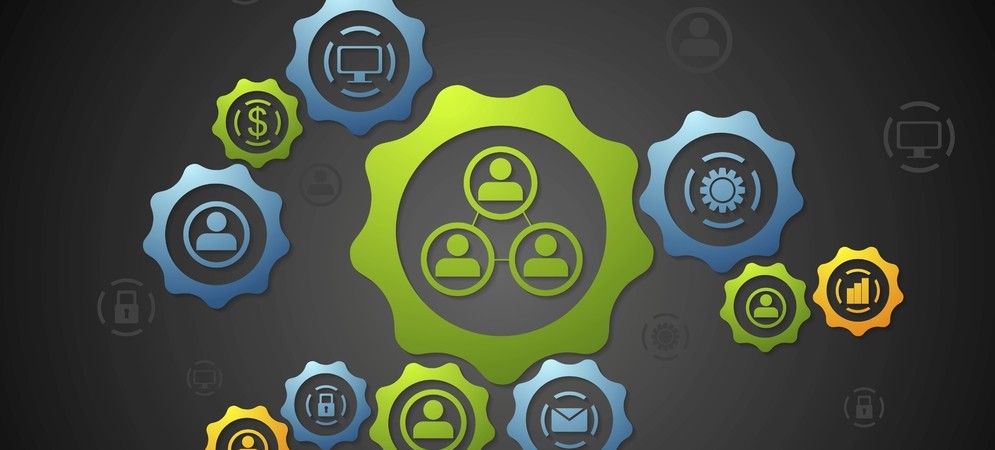This blog is an excerpt from GovLoop’s recent industry perspective, How to Create Successful Digital Services in the Public Sector. Download the full perspective here.
To understand the role of digital services, we first must understand what the term means. In the government arena, “digital services really are any service that’s delivered around the internet or an agency’s intranet,” Kimberley Hodges, a Principal User Experience Consultant at Aquilent, said. “It can be anything that’s transactional, informational, interactive—any kind of website tool or application.”
The goal of these internet-delivered services is to empower people to engage with the government efficiently and easily. Examples include applying for a small-business loan or taking advantage of Social Security benefits online.
“Constituents’ expectations include being able to enroll in services online, so they don’t necessarily have to be there in person,” Hodges said. “More and more the expectation will be that citizens can enroll and participate in … government services digitally. Few people do anything on paper anymore.”
Although they’re growing, digital services have actually been around for many years. For instance, the National Institutes of Health (NIH) has long been offering information online on diseases and on how to care for people with specific ailments such as Parkinson’s. In fact, the agency is so committed to digital services, it held a Digital Summit in October 2015 to find out how agencies and others use digital services to communicate health information.
Today, other digital services are making headlines—usually those that involve the exchange of money or personal information. HealthCare.gov continues to grab attention, most recently because of a Government Accountability Office (GAO) report that found data security lacking. But that website’s troubled debut led the government to make lemonade of its lemons by bringing to light the importance and evolution of digital services. In 2014, the White House launched the U.S. Digital Service (USDS), an arm of the Office of Management and Budget that consults with agencies on digital services. It also brought forth 18F, the General Services Administration agency that helps agencies build digital services.
Out of the gate, USDS issued the Digital Services playbook with 13 plays for agencies to use for developing, implementing and main- taining digital services. The plays are based on successful practices from the public and private sectors, both of which have much to learn from the other, as we’ll see.
Download the full perspective here.






Leave a Reply
You must be logged in to post a comment.